When To Change Ear Piercing: 14 Healing Times You Need To Know
Learn appropriate aftercare tips before tinkering with your ear jewelry.
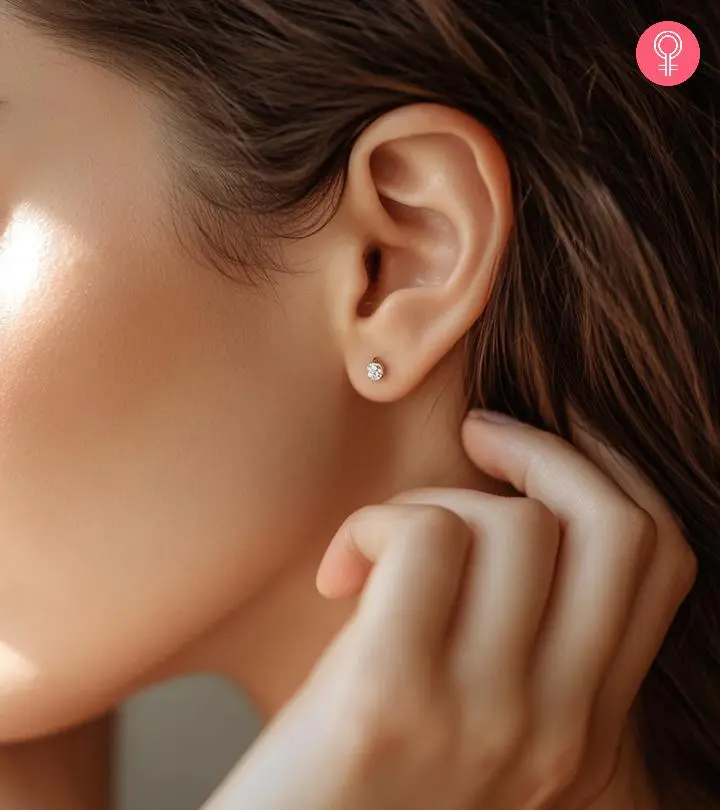
Image: Midjourney/ StyleCraze Design Team
If you got a fresh ear piercing while dreaming about the jewelry options you can play with but are instead stuck wondering, when can I change my ear piercing, we may have some insights for you. As a rule of thumb, the excitement of getting a new ear piercing should always be backed by the determination to care for them. This is because proper and regular care will ensure it heals healthily, enabling you to adorn all the jewelry you have planned. Basically, before switching the jewelry, you need to wait for your piercing to heal. Hence, below we discuss various ear piercings and their appropriate healing times before you can change the initial jewelry. Moreover, we also talk about how to care for your ear piercing and alert you to signs of infection. So, keep reading to learn more!

In This Article
How Long To Wait Before Changing The Piercing Earrings?
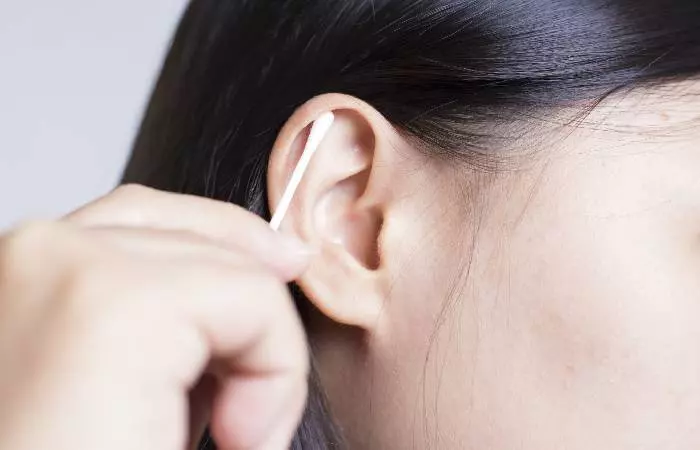
The striking look of a new piercing may tempt you to change the initial jewelry a few days after getting it to something that fits your style and mood. But you need to resist the temptation and wait for the piercing to complete its healing time before thinking of changing your earrings. The healing duration generally varies from weeks to months for different types of ear piercings, as noted below:
- Standard lobe: 6-8 weeks
- High lobe: 8-12 weeks
- Stacked lobe: 3-6 months
- Conch (inner and outer): 9-12 months
- Mid-helix or auricle piercing: 6-8 months
- Forward helix: 4-6 months
- Helix: 3-6 months
- Tragus: 6-9 months
- Anti-tragus: 8-12 months
- Daith: 12 months
- Rook: 9-12 months
- Industrial: 4-6 months
- Snug: 4-6 months
- Orbital: 8-10 weeks
Notwithstanding the aforementioned durations, individual healing times vary. Some heal faster than others, and hence the waiting period before changing the jewelry varies accordingly. Multiple factors like piercing type and jewelry, lifestyle, diet, health profile, the body’s response to healing, and aftercare diligence greatly influence the healing process of the pierced skin.
Maine Lyn, a blogger, shared her experience of getting her ears pierced. When getting a helix piercing, she got a circular barbell instead of piercing studs as her initial jewelry. This made her healing period quite difficult, but she did not change her earrings until 2 years after getting the piercing. She writes, “Switching to labret posts. I didn’t do that straightaway because I was afraid of setting back the healing process. It took me about 18 months to completely heal the piercing, then I waited another 6-8 months before changing them on my own because I didn’t want to take out the jewelry without being sure I knew it would stay in place (i).”
 Trivia
TriviaSince you need to care for your piercing to ensure it stays healthy, below are some general ear piercing aftercare practices that you should look into.
Key Takeaways
- You should only change your ear piercing after it has completely healed to avoid the risk of complications.
- Healing an ear piercing depends on factors like aftercare practices, lifestyle and diet, and individual immunity power.
- Clean the piercing daily with a saline solution to eliminate the risk of infection and reduce swelling.
- Taking out the earrings from the piercing too early may cause an infection or closure of the hole.
How To Take Care Of Newly Pierced Ears
Following a proper aftercare routine ensures a smooth healing journey. Here are a few tips on how to care for your newly pierced ears (1):
1. Choose Functional Jewelry Styles And Materials
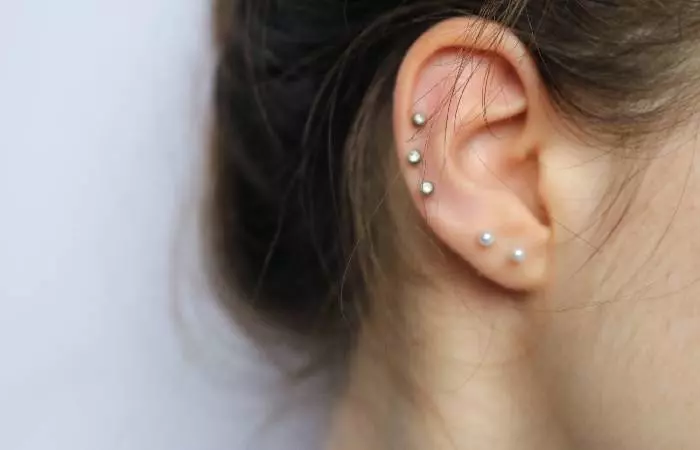
The piercing aftercare starts in the piercing studio itself, right after the needle pierces your lobes or cartilage. The initial jewelry you choose plays an important role in an ear piercing healing process. It is advised to select good-quality earrings made from hypoallergenic and implant-grade materials like surgical-grade stainless steel, solid 14k gold, or titanium (2). Make sure to avoid sterling silver and metals with traces of nickel as they may cause allergic reactions (3).
Additionally, ensure the initial jewelry style has a comfortable and simple design with a smooth surface and easy removal system. Labret studs and straight bars are good options as starter jewelry; however, avoid hoops and circular or curved barbells as they move a lot and often get snagged in clothes. Check the size of the piercing as well as the earring, such that it offers a secure fit without being too tight or loose. Additionally, ask for a long bar to accommodate swelling and avoid embedding. Places like daith piercing are tricky as they take more time to heal.
When getting a rook piercing, Maine displayed an allergic reaction to stainless steel. She had used the metal as her initial jewelry for many of her piercings, but this time, her ears got extremely swollen. She had to approach her piercer for a change of jewelry and switched to titanium earrings. She felt immense pain when changing her jewelry before time, noting, “I never had any issue with surgical steel in my other piercings before, but I reacted quickly and intensely with my rook piercing. To be safe, go for implant-grade titanium/solid gold right off the bat, so you don’t have to deal with the pain, cost of fixing the issue and trauma later on. Allergies can develop over time if you have prolonged exposure to the allergen so just be cautious. If your piercing turns red, hot and swollen without discharge, it’s not an infection, it’s an allergy.”
Thus, healing periods may extend for a longer time than usual due to any additional trauma from the jewelry.
2. Clean The Piercing Regularly

Keeping the piercing clean is necessary to avoid infections and complications.
- Use a cotton swab dipped in saline solution to clean the piercing site daily.
- Clean the front and back of the piercing hole and its body.
- Gently remove crusting around the piercing to help prevent the growth of bacteria while alleviating swelling.
You can either buy the solution from the piercing studio or make it at home with sea salt and warm water in a 1:2 ratio. If you are using a piercing cleaning product, check the ingredients list to ensure it is fragrance-free, non-alcoholic, and free of harsh chemicals as these irritate the piercing and slow down the healing process (1).
3. Avoid Irritants
Products like perfumes, lotions, and makeup consist of harsh chemicals. Avoid using them around the freshly pierced area until it is healed to observe safety. They can irritate the skin, cause inflammation and infection, and increase the healing timeline. If you cannot avoid using these products around your fresh ear piercing, opt for gentle, fragrance-free products that are hypoallergenic.
4. Handle The Earrings Carefully
It is necessary to handle your earring with care during the healing period. Avoid unnecessary touching, rotating, or removing the earring before it has healed. This can aggravate the healing skin and lengthen the healing timeline. This is specially true with high lobe piercing. Clean your hands with a mild soap and water every time before touching the piercing. If you need to adjust or move the earrings, do so gently and with minimum pressure to prevent irritating the skin. Also, avoid tugging, snagging, and pulling at the piercing; when sleeping, keep the side of the piercing elevated and away from undue pressure.
Proper aftercare plays a big role in how quickly and smoothly you heal, as well as in preventing complications. Taking care of the treated area by keeping it clean, avoiding harsh products, and following your doctor’s advice can speed up recovery.
While following the aftercare tips, you may still be tempted to change your ear piercing as soon as you feel the initial discomfort has been alleviated. However, knowing about the consequences might change your mind. Read the next section to learn more.
What Happens If You Change Your Ear Piercing Too Soon?
Your piercing can result in several undesirable consequences if you remove them too soon. Some of them are listed below:
1. Infection
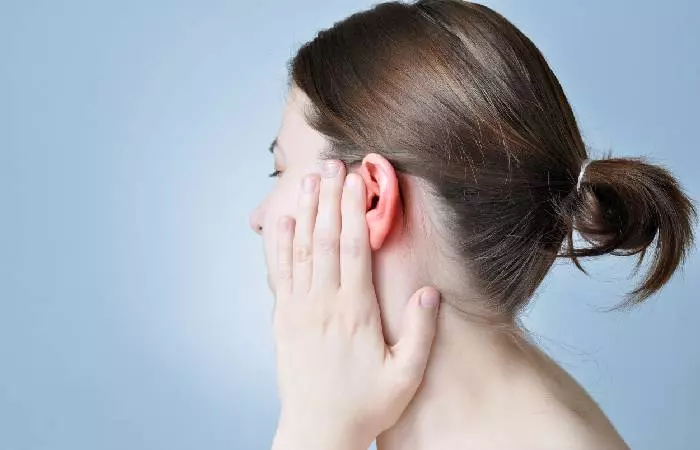
Your body treats a piercing as an open wound in the skin, and it undergoes three stages of wound healing during the recovery process — inflammatory phase, proliferative phase, and remodeling phase (4). When all these stages are successfully overcome without any hiccups, the piercing is regarded as healed. But removing the earrings from the piercings during this time may interrupt any one of the phases, set back the entire natural healing process, and expose your piercing to bacteria growth and possible disfigurement. It may become red, swollen, painful to touch, and may become filled with pus or present yellow discharge.
Waiting for a piercing to heal can be tough, and it is natural to feel impatient. This impatience can sometimes lead to anxiety, as you might worry about how long the healing process will take. But, making hasty decisions can lead to complications like infections or irritation. It is important to remember that giving your piercing the full time it needs to heal properly will ultimately result in a better outcome and less stress in the long run.
2. Closure Of The Piercing Hole
If you remove your earrings too soon, there is a high risk of the piercing hole closing up. Since a piercing is technically an open wound, when you get a new piercing, your body starts focusing on healing it. This results in the body producing collagen (protein necessary for wound healing) around the affected area to heal the torn skin (5). The insertion of jewelry manipulates the healing process, ensuring that the hole stays open while the skin around it recovers. In such a situation, if the earring is removed early in the process, the risk of the piercing closing up in some time increases.
 Fun Fact
Fun FactNow you know it is important to wait until it is fully healed before making any changes, but how can you tell when that time has come? Keep reading to learn more about it.
Signs Your Piercing Is Healed
- The area is no longer red, swollen, or tender.
- No more discharge or crust is forming around the piercing.
- The skin around the piercing feels smooth and not irritated.
- You can move the jewelry freely without any discomfort.
- The piercing looks like the rest of your skin with no signs of infection.
- The piercing is no longer warm to the touch.
- You don’t experience any itching or pain when touching the area.
- You can comfortably change the jewelry without issues.
- The piercing site is free from bumps or keloids.
Even after observing strict care and not taking out the jewelry early, your piercing runs the risk of getting infected. However, we have got you covered. Keep reading to learn how to care for a piercing infection.
What To Do When Your Ear Piercing Gets Infected
A new piercing feels sore, swells a lot, and may even bleed a little, but the mild pain and other symptoms subside within a week or two of getting the piercing, given you follow the aftercare practices religiously. However, if you observe that the piercing site feels warm to the touch, and the swelling and discomfort have doubled or been present longer than two weeks, your piercing might have gotten infected. You may also notice additional symptoms, such as sharp pain, itching, rash and pus formation, along with fever or chills (6). In such cases, you need to see a medical professional immediately.
Meanwhile, you can follow some care tips to help alleviate the symptoms and tackle the infection:
- Do not take out the earrings from an infected ear piercing. If you do this, the piercing site will close with the bacteria trapped inside and this can lead to further complications (7). Also, always consult a professional piercer for proper guidance.
- Do not touch the piercing with dirty hands. Gently clean the piercing site with antibacterial soap and water or a saline solution, and pat dry with a clean paper towel.
- Do not use any product containing harsh chemicals near the piercing site and avoid pulling or rubbing it roughly.
- Apply a warm compress for 10-15 minutes once daily; do not put pressure on it.
- Take over-the-counter anti-inflammatory medicines and other pain medications as prescribed by your doctor.
While you can deal with an infected ear piercing at home, there may be situations beyond your control where you will need to see a doctor. Below we discuss the conditions when medical attention becomes inevitable.
When To Seek Medical Attention
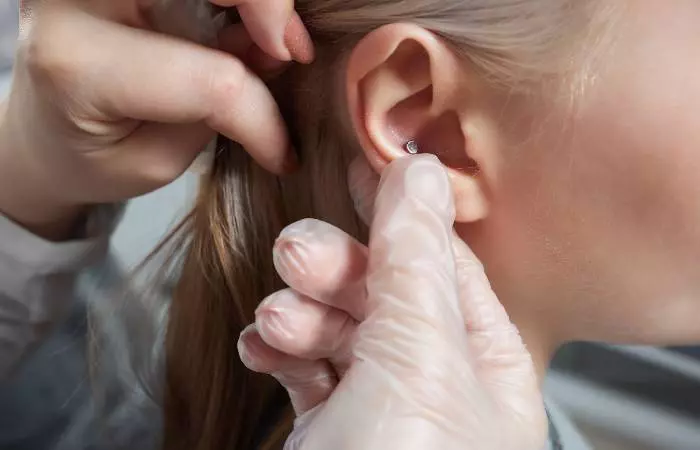
Below are some cases warranting the prompt involvement of a doctor or your professional piercer:
- Excessive bleeding from the piercing
- Embedding of the piercing into the skin
- Formation of a lump or bump
- Earrings falling out from the hole frequently.
While ear piercings may look stylish, opening up a world of jewelry options to play with, a lot goes into healing the fresh piercing healthily. The healing period differs from person to person and depends on the jewelry type and the type of piercing; for instance, cartilage piercings take longer to heal compared to earlobe piercings. One of the most important factors for ensuring smooth changing of the starter earring is waiting until it is fully healed. Changing the initial piercing jewelry before the recommended time increases the risk of infection and closure. To avoid this, keep your piercing and the earrings clean, avoid using products containing irritating chemicals, and protect them from accidental tugging and snagging. Follow proper ear-piercing safety tips and aftercare solutions for a comfortable experience with your new adornments!
Frequently Asked Questions
What jewelry is the best for newly pierced ears?
For newly pierced ears, it is best to choose jewelry made from hypoallergenic materials like surgical steel, titanium, or 14-karat gold. These materials are less likely to cause irritation or allergic reactions. Studs with smooth, rounded edges are ideal because they are less likely to snag or irritate the piercing.
Can a piercer change a fresh piercing?
While it is recommended not to change the piercing until proper healing takes place, in case you need to change the fresh piercing, you can approach your piercer. They can check with you and provide customized advice regarding the change, depending on your situation.
How soon after the ear piercing can I get another?
It is generally recommended to wait for at least a month or two before getting a new piercing for utmost safety. It is best to wait until the first piercing has healed before getting another to reduce the pressure of healing on the body’s immune system.
How do I know if my ear piercing is healed?
There are clear visible indications when a piercing is healed. It will be less sensitive to the touch, the pierced area will have a healthy skin appearance and no longer appear red or inflamed. You will not experience any more crusties around your piercing site, and you will be able to move the earrings easily without any pain or discomfort. You must ensure complete healing if you are considering re-piercing your ears.
Should you twist new ear piercings?
Absolutely not. You should not twist your new piercing jewelry during the healing period as it can rupture the new healing skin, resulting in scarring and a delay in the healing process.
Does Vaseline help heal ear piercings?
No. You should not use Vaseline on fresh ear piercings. While they protect the skin, they act as a barrier and do not let the piercing breathe. An unsteady flow of oxygen can affect the healing process and increase the chances of infection (8).
You need to wait until you complete your healing time before changing your initial piercing jewelry. The video below discusses signs that indicate that your piercing is healed and ready for a change. Click play to learn more.
Personal Experience: Source
StyleCraze's articles are interwoven with authentic personal narratives that provide depth and resonance to our content. Below are the sources of the personal accounts referenced in this article.
(i) My Ear Piercings Experiencehttps://mainelynreviews.blogspot.com/2018/01/my-ear-piercing-experiences.html
References
Articles on StyleCraze are backed by verified information from peer-reviewed and academic research papers, reputed organizations, research institutions, and medical associations to ensure accuracy and relevance. Read our editorial policy to learn more.
- Suggested Aftercare For Body Piercings
https://safepiercing.org/aftercare/ - Jewelry For Initial Piercings
https://safepiercing.org/jewelry-for-initial-piercings/ - Metal Allergy and Systemic Contact Dermatitis: An Overview
https://www.ncbi.nlm.nih.gov/pmc/articles/PMC3369403/ - Factors Affecting Wound Healing
https://www.ncbi.nlm.nih.gov/pmc/articles/PMC2903966/ - Collagen in Wound Healing
https://www.ncbi.nlm.nih.gov/pmc/articles/PMC8151502/ - Body Piercing Infections
https://www.ncbi.nlm.nih.gov/books/NBK537336/ - Cell Biology of Infection
https://ncbi.nlm.nih.gov/books/NBK26833/ - Oxygen in wound healing and infection
https://pubmed.ncbi.nlm.nih.gov/14961190/
Read full bio of J’son D’souza
Read full bio of Sangita Goel
Read full bio of Madhumati Chowdhury
Read full bio of Aparna Harry






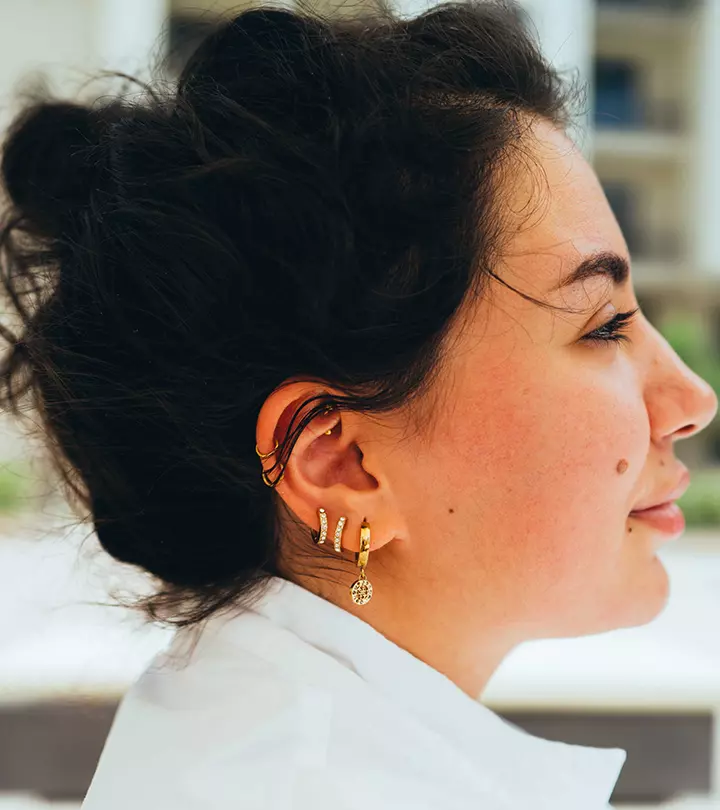
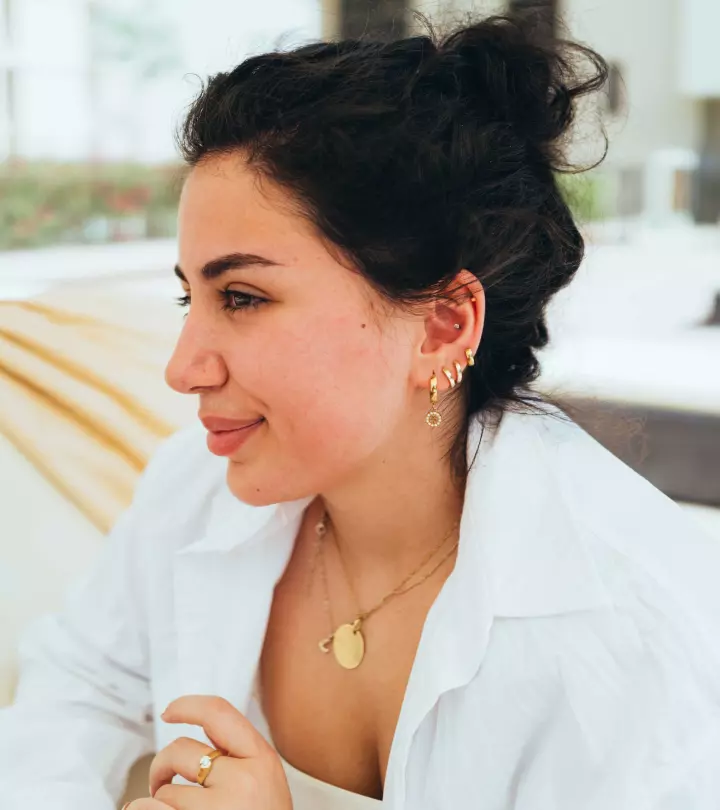

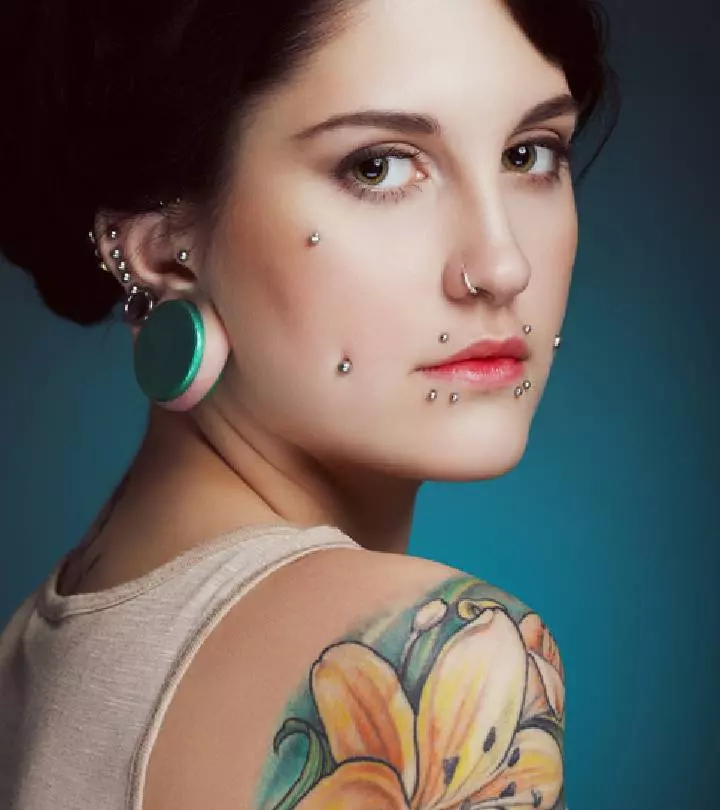
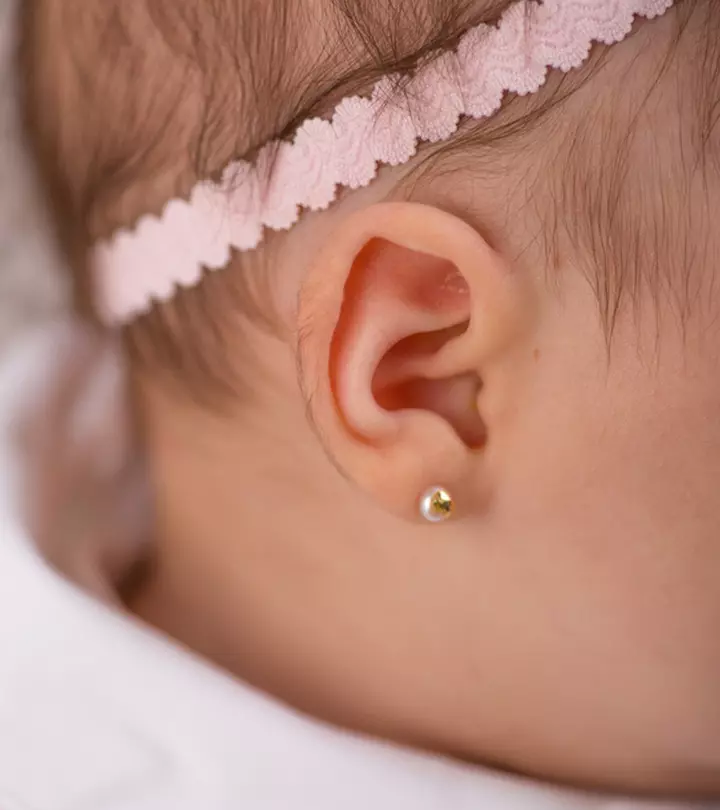
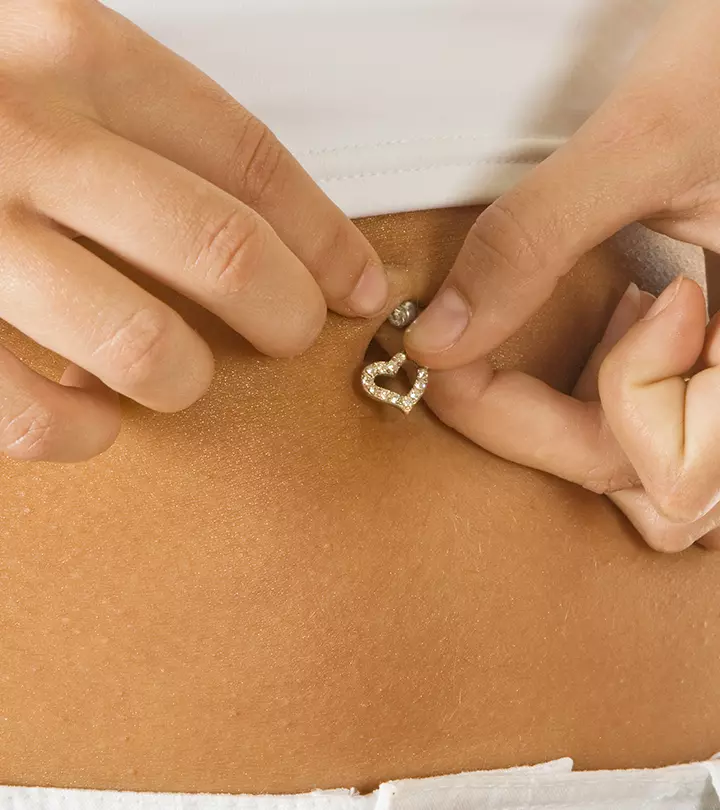
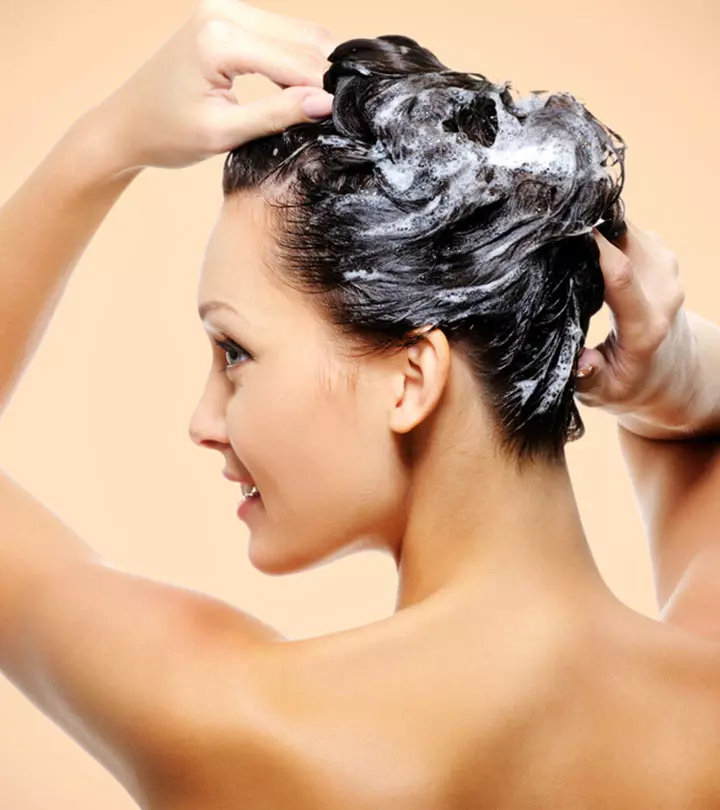
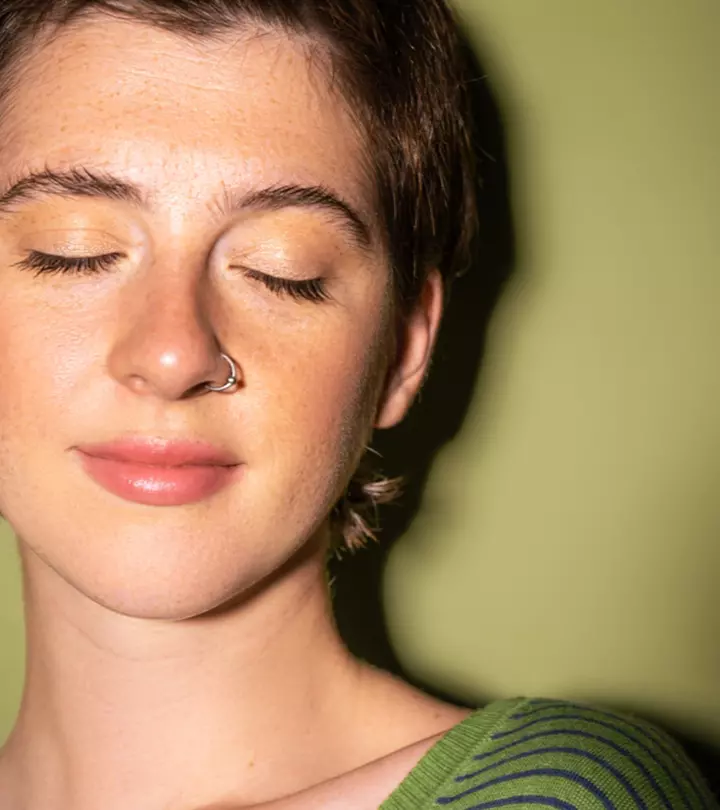
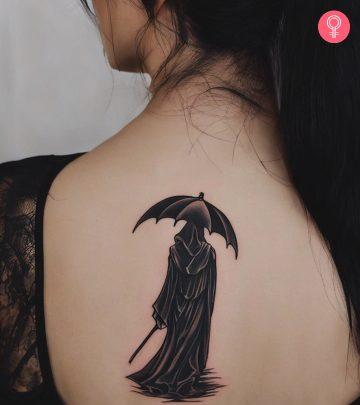
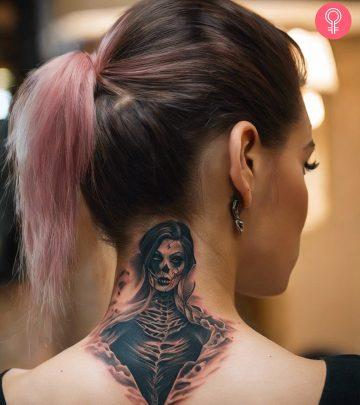
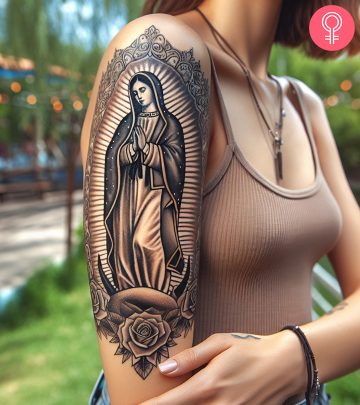
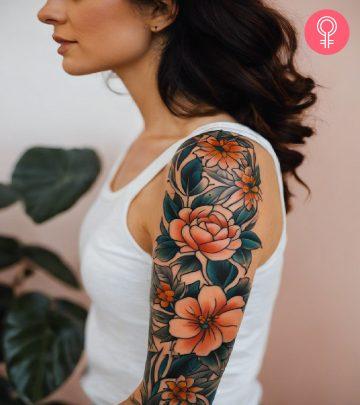
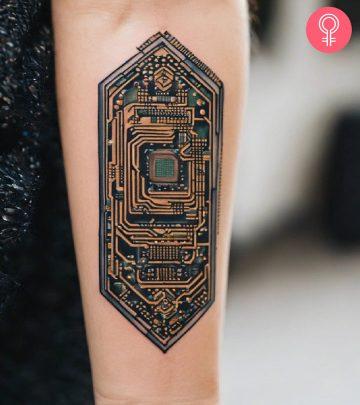

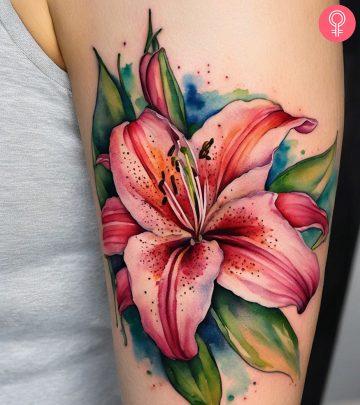
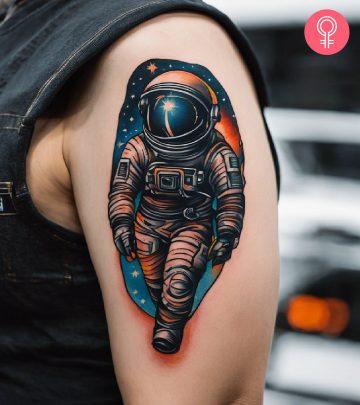
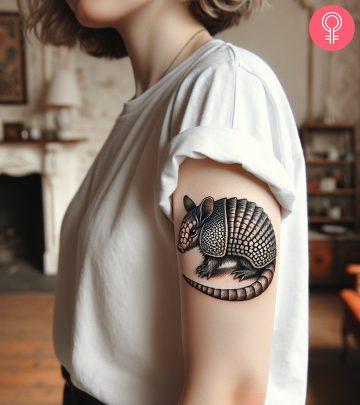
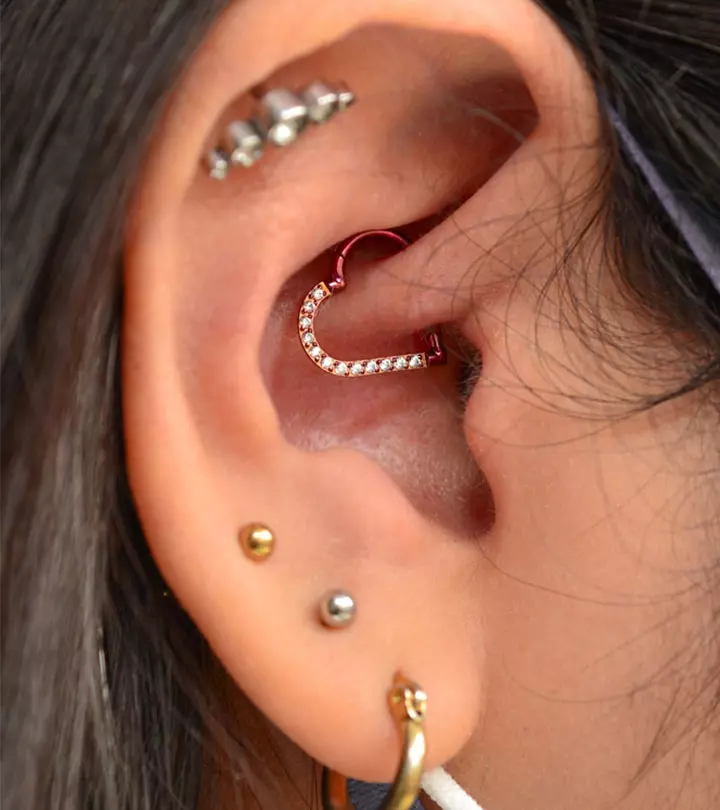
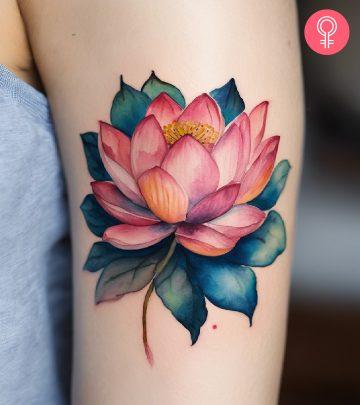

Community Experiences
Join the conversation and become a part of our empowering community! Share your stories, experiences, and insights to connect with other beauty, lifestyle, and health enthusiasts.